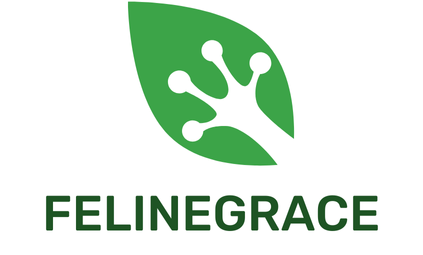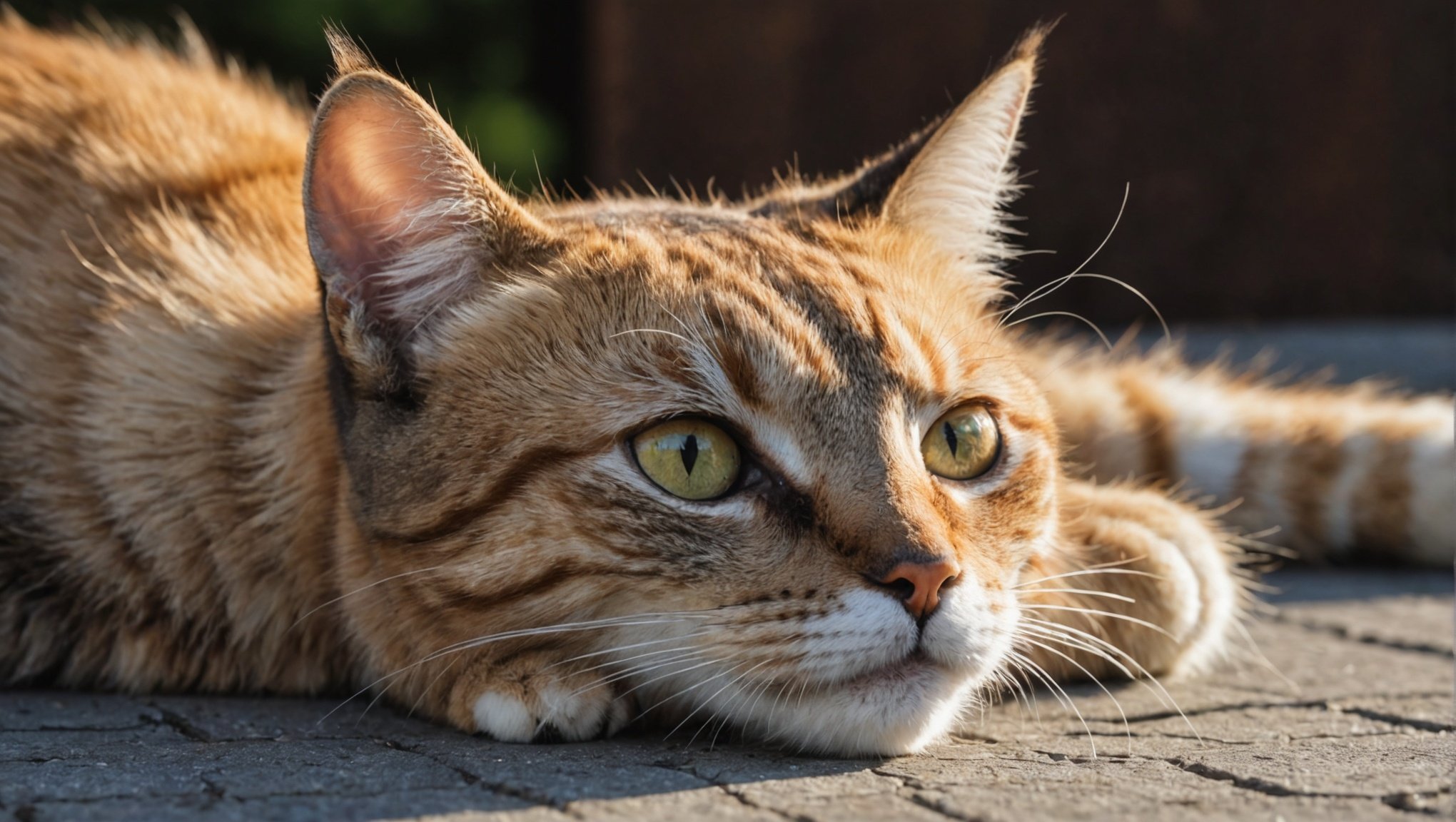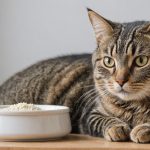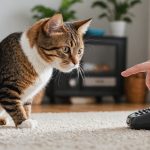Dehydration can be a hidden danger for cats, often going unnoticed until it escalates. Recognizing the signs early is vital for their health. With simple observation techniques and effective rehydration methods, pet owners can ensure their feline friends stay hydrated and vibrant. This guide offers practical strategies to spot dehydration and quickly restore your cat’s hydration levels, empowering you to take charge of their well-being. Your cat’s health deserves the best – let’s dive into effective solutions together.
Understanding Dehydration in Cats
Dehydration in cats is a serious condition that can impact their overall health. It occurs when a cat loses more fluids than it consumes, leading to a deficiency in essential body fluids. Recognising the signs of dehydration is crucial for cat owners to ensure their pet’s well-being.
A lire également : How is the UK regulating drone usage to prevent disturbances to nesting raptors?
Common Causes of Dehydration in Felines
Several factors can lead to dehydration in cats. Illnesses such as kidney disease or diabetes often cause increased urination, which can deplete a cat’s fluid levels. Additionally, a lack of access to fresh water or a diet consisting solely of dry food can contribute to dehydration. Environmental factors, like high temperatures or excessive exercise, may also result in fluid loss.
Importance of Hydration for Overall Cat Health
Maintaining proper hydration is vital for a cat’s health. Adequate fluid levels support vital bodily functions, including digestion, circulation, and temperature regulation. Dehydration can lead to severe health issues, such as urinary tract infections or kidney stones. Therefore, monitoring your cat’s water intake and ensuring they have constant access to clean water is essential.
Sujet a lire : Mastering Scent Work: A Guide to Training Your Papillon for Competitive Success
By understanding the causes and effects of dehydration in cats, owners can take proactive steps to prevent this condition, ensuring their feline friends remain healthy and hydrated.
Identifying Signs of Dehydration
Understanding the signs of dehydration in cats is essential for early detection and prevention. Cats may not always exhibit obvious symptoms, so recognising subtle physical indicators is crucial.
Physical Signs to Look For
One of the primary physical indicators of dehydration is reduced skin elasticity. To check this, gently pinch the skin between your cat’s shoulders. If it doesn’t snap back quickly, dehydration might be present. Additionally, examine your cat’s gums. Dry gums or sticky saliva can suggest fluid deficiency. A healthy cat’s gums should be moist and slippery.
Behavioral Changes
Apart from physical signs, behavioral changes can also signal dehydration. Cats may become lethargic, show a decreased appetite, or seek out water more frequently. If your usually active cat is suddenly less playful or appears weak, it’s worth investigating further.
Importance of Regular Monitoring
Regularly monitoring your cat for these signs is vital. Early detection can prevent severe health complications. Check your cat’s skin and gums periodically, especially during hot weather or if they have underlying health issues. By staying vigilant, you ensure your cat remains healthy and hydrated, reducing the risk of dehydration-related problems.
Assessing Hydration Status
Understanding how to perform a hydration check is crucial for effective cat care. Regularly assessing your cat’s hydration status can help prevent dehydration and ensure your pet remains healthy.
Techniques for Checking Hydration
To accurately assess a cat’s hydration, consider these techniques:
- Skin Turgor Test: Gently pinch the skin between your cat’s shoulders. If the skin doesn’t return to its normal position swiftly, it may indicate dehydration.
- Gum Moisture Test: Examine your cat’s gums. Dry or sticky gums can be a sign of insufficient hydration. Healthy gums should feel moist and slippery.
- Capillary Refill Time: Press your finger against your cat’s gums until they turn white. Release and observe how quickly the color returns. A delay may suggest dehydration.
Tools and Resources for Pet Owners
Pet owners can use various tools to aid in assessing hydration. Digital scales can track weight fluctuations, which might indicate fluid loss. Additionally, pet hydration apps can remind you to perform regular checks and log results for consistency.
Importance of Consistency
Consistency is key in assessing hydration. Regular checks allow you to spot trends and intervene early if issues arise. By integrating these checks into your routine, you ensure your cat’s well-being and prevent dehydration-related complications.
Effective Rehydration Methods
Ensuring your cat stays hydrated is crucial, especially if they show signs of dehydration. Various rehydration methods can help restore your cat’s fluid balance effectively.
Oral Rehydration Solutions
Oral rehydration solutions are a practical option for mild dehydration. You can purchase commercially available solutions or prepare a simple mix at home with water, a pinch of salt, and sugar. This helps replenish electrolytes and fluids. Always consult your vet to ensure the solution suits your cat’s needs.
Techniques for Administering Fluids
Administering fluids can be challenging but is essential for effective fluid administration. If your cat refuses to drink, try using a syringe to gently squirt the solution into their mouth. Be patient and avoid forcing it, as this could cause distress. For more severe cases, subcutaneous fluid administration might be necessary, where fluids are injected under the skin. This should be performed by a vet or under their guidance.
Dietary Changes
Incorporating dietary changes can enhance hydration. Switching to wet food or adding broth to your cat’s diet can increase their fluid intake. Wet food contains more moisture than dry kibble, making it an excellent choice for maintaining proper hydration levels. Additionally, offering broth made from low-sodium chicken or beef can entice your cat to consume more liquids.
Preventive Measures for Dehydration
Ensuring your cat’s wellness involves proactive steps to maintain proper hydration. Implementing effective hydration tips can significantly reduce the risk of dehydration.
Tips for Maintaining Adequate Hydration
Start by providing your cat with constant access to fresh water. Change the water daily to encourage regular drinking. Some cats prefer running water, so consider investing in a pet water fountain. This can stimulate their interest and increase their water intake.
Importance of Fresh Water Availability
Fresh water is essential for a cat’s wellness. Stale or dirty water can deter cats from drinking, leading to potential dehydration. Ensure their water bowl is clean and placed in a quiet, accessible location to encourage frequent visits.
Role of Diet in Preventing Dehydration
Diet plays a crucial role in dehydration prevention. Incorporate wet food into your cat’s meals, as it contains higher moisture content compared to dry kibble. This helps maintain adequate hydration levels. Additionally, adding a small amount of water or low-sodium broth to their food can further boost fluid intake.
By focusing on these prevention strategies, you can support your cat’s wellness and help prevent dehydration, ensuring they remain healthy and hydrated.
When to Seek Veterinary Assistance
Recognising when to seek veterinary care for a dehydrated cat is crucial. Certain signs indicate the need for immediate intervention to prevent severe health complications. If your cat exhibits symptoms such as persistent vomiting, diarrhoea, or lethargy, it is essential to consult a veterinarian promptly. These can be emergency signs of advanced dehydration or underlying health issues.
Understanding Dehydration Severity
Dehydration severity in cats can vary, and understanding these levels helps determine the urgency of veterinary care. Mild dehydration might be managed at home with increased fluid intake, while moderate to severe cases often require professional treatment. Severe dehydration can lead to critical conditions like kidney failure, necessitating immediate medical attention.
Importance of Timely Intervention
Timely intervention is key to preventing complications associated with dehydration. Cats are adept at hiding illness, so subtle changes in behaviour or appearance should not be overlooked. Regularly monitor your cat’s skin elasticity and gum moisture to detect early signs of dehydration. If any emergency signs are present, seeking veterinary care without delay is vital to ensure your cat’s health and well-being.
Hydration and Specific Cat Health Conditions
Understanding the relationship between hydration and specific cat health issues is essential for maintaining your pet’s well-being. Cats with chronic conditions often have unique hydration needs that require special attention.
Impact of Chronic Illnesses on Hydration Needs
Chronic illnesses, such as kidney disease and diabetes, can significantly affect a cat’s hydration requirements. These conditions often lead to increased urination, resulting in fluid loss. Therefore, it’s crucial to monitor and adjust fluid intake to prevent dehydration. Cats with chronic conditions may benefit from tailored hydration strategies to maintain their health.
Special Considerations for Senior Cats and Kittens
Senior cats and kittens have different hydration needs compared to adult cats. Senior cats may have reduced kidney function, necessitating increased fluid intake to support their health. On the other hand, kittens are more prone to dehydration due to their small size and high energy levels. Ensuring they have constant access to water is vital.
Tailoring Hydration Strategies Based on Health Conditions
Tailoring hydration strategies to address specific cat health issues is key. For instance, adding water to dry food or offering wet food can increase fluid intake. Additionally, using a pet water fountain may encourage cats to drink more. By focusing on these strategies, you can support your cat’s unique hydration needs and promote overall health.
Additional Resources for Pet Owners
Understanding and managing your cat’s hydration needs can be challenging, but cat hydration resources are available to assist you. These resources provide valuable information and support for maintaining your pet’s health.
Recommended Books and Websites for Cat Health
Several pet care guides and educational materials offer in-depth insights into feline health. Books like “The Cat Owner’s Home Veterinary Handbook” and websites such as the International Cat Care provide comprehensive information on hydration and general cat care. These resources are tailored to help you understand and address your cat’s specific health needs effectively.
Local Resources
Local resources, including veterinary clinics and pet care groups, can be invaluable. Veterinary clinics often have brochures and pamphlets on cat health, while pet care groups offer community support and shared experiences. Engaging with these local resources can provide practical advice and real-life solutions to common cat hydration issues.
Importance of Community Support
Community support plays a crucial role in pet care. Sharing experiences with other cat owners can provide reassurance and new strategies for managing your cat’s hydration. Joining online forums or local pet groups allows you to connect with others facing similar challenges, fostering a supportive environment for learning and growth.
Expert Opinions and Insights
Understanding feline hydration is crucial, and veterinary advice plays a pivotal role in ensuring your cat’s well-being. Cat health experts emphasise the importance of recognising dehydration early to prevent serious health issues. According to veterinarians, regular hydration checks, like monitoring skin elasticity and gum moisture, are essential practices for cat owners.
Insights from Veterinarians
Veterinarians highlight that dehydration can rapidly escalate into severe conditions if not addressed promptly. They recommend that pet owners maintain a vigilant eye on their cat’s water intake, especially during hot weather or when dealing with chronic illnesses. Expert recommendations often include providing multiple water sources around the home to encourage frequent drinking.
Expert Recommendations for Maintaining Hydration
Cat health experts suggest incorporating wet food into your cat’s diet to boost moisture intake. This dietary adjustment can significantly enhance hydration levels. Additionally, using pet water fountains can stimulate a cat’s natural curiosity, leading to increased water consumption. Such expert recommendations help in maintaining optimal hydration.
Importance of Continuing Education
Continuing education on hydration matters is vital for pet owners. Veterinary advice often includes staying updated with the latest research and attending pet care workshops. By engaging with cat health experts and learning from their insights, owners can better support their pet’s hydration needs, ensuring a healthy and happy life for their feline companions.
















